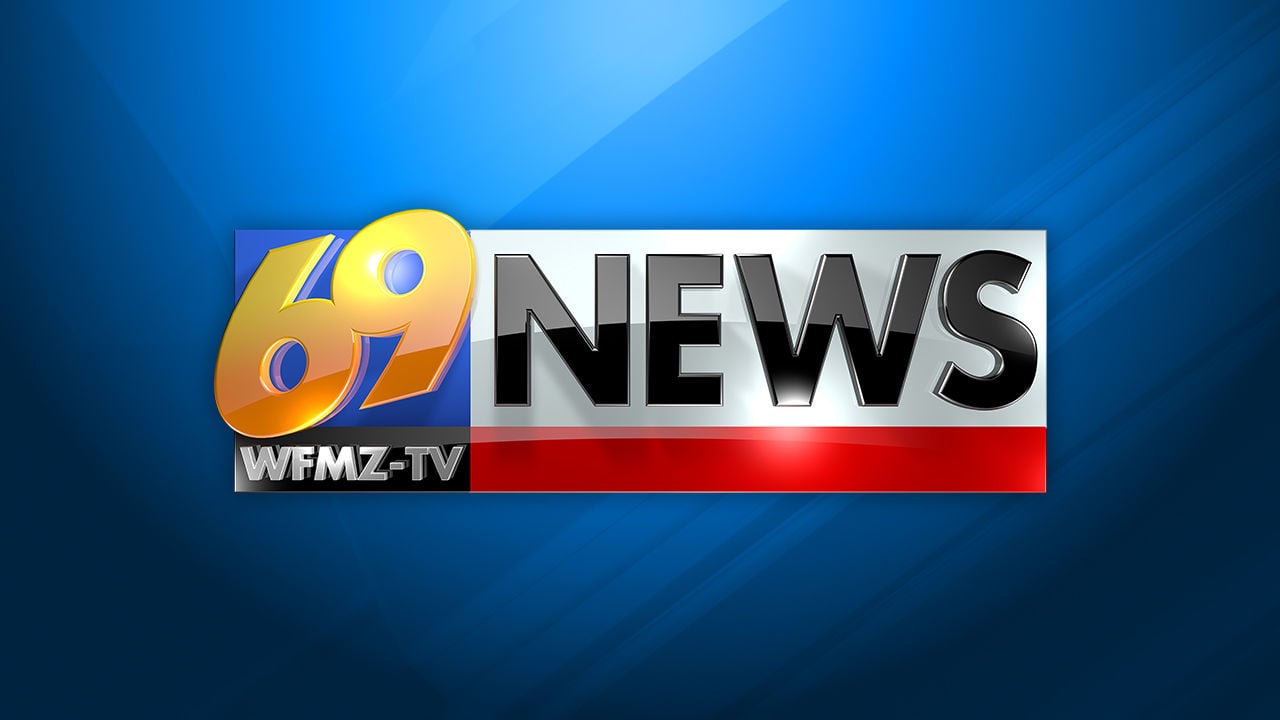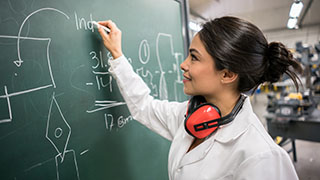What is it going to take to get all kids back in school? That’s the topic of this post, written by David Rubin, Meredith Matone and Susan Coffin — who are faculty members at PolicyLab at Children’s Hospital of Philadelphia — and Meira Levinson, a faculty member at Harvard University’s Graduate School of Education.
By David Rubin, Meredith Matone, Susan Coffin and Meira Levinson
In the last few weeks, as schools have faced challenging decisions about reopening, our centers were among those that offered their administrators evidence-based guidance keenly focused on keeping children, families, teachers and staff safe. We proposed that communities should strive for thresholds of declining case incidence that, although conservative, reflected the low case counts other countries reported when they successfully opened, and kept open, their schools. Our guidance also emphasized strong safety plans — inclusive of strong masking, physical distancing and disinfection protocols, and stricter sick policies — to account for mounting evidence that children, particularly those 10 to 19 years old, are likely to play a role in transmission within and across communities.
Unfortunately, most U.S. metropolitan areas are still recovering from a summer of significant resurgence and do not yet meet the thresholds we suggested for full in-person learning. A number of public schools and districts are better able to meet our intermediate thresholds for returning some children earlier — like youth with learning differences or elementary-age children — but many of those have nonetheless opted solely for remote learning, given teachers and other staff members’ concerns about the limitations of well-intended safety protocols in actual school environments.
Many public school teachers and staff justifiably fear for their safety because of the size of their districts and the limited capacity to address all of the facility needs. Many may also doubt their school’s ability to fulfill safety protocols, given lack of resources, aging buildings with poor ventilation, and uncertainty as to whether working parents will keep potentially infectious but asymptomatic children away from school. All of this has contributed to many families, teachers and other staff advocating for continued closures.
Numerous independent day and boarding schools, meanwhile, are moving in a different direction. They have entered the school year with at least partial in-class instruction, even as many public schools start virtually.
Many of these schools are well-positioned to withstand covid-19 challenges as they have lower enrollment and ample resources to spread children out and, in some instances, test children frequently. They can safely assume exposure risk of their families may be lower, and they have more confidence that parents’ jobs will provide greater flexibility for alternative work arrangements so that they can more easily switch sick or exposed children to virtual learning. As a result, some of these schools are even reopening when local transmission levels are higher than the thresholds we have proposed.
The coronavirus pandemic has exposed many long-standing truths about inequities across the United States, but perhaps much more in our public school districts. Teachers and families in our public schools are being asked disproportionately to sacrifice their own safety to enable educational access. New York City officials raised concerns about the ventilation in spaces throughout its school buildings — delaying even virtual school reopenings for more than 1 million children by at least two additional weeks — which is proof central of this unjust trade-off.
While structural racism is implicated in many of these failures to protect the health and safety of children, families and educators — particularly in large urban districts and satellite cities serving predominantly low-income children of color — that is not the full story.
Decades-long underinvestment in public schools and public health nationwide is forcing even some of the wealthiest school districts to remain closed despite low community transmission levels. Our pipeline for rapid covid-19 testing and surveillance, remediation of school buildings and public health/medical staffing of schools still remains so poor that many suburban school districts also feel unprepared to grapple with the challenge in front of them.
The only ethically defensible way to protect educational access in the classroom is also to protect individuals and public health. Particularly during a pandemic in which the risk of outbreaks in schools is high, we should at a minimum be offering protections to teachers and staff — given similar exposure risk — that mirror what we are providing in our own health-care system. Independent schools are showing this is possible given sufficient resources.
A similar level of resources should be provided to public schools to more directly confront the hazards that we are asking teachers, students, and families to take on. As Congress and state houses return from their summer holidays, we urge lawmakers to come together to invest in safety and learning in public schools.
To begin with, we need to increase testing and rapid reporting capacity, and reserve new rapid antigen tests for public school districts with large school enrollments, allowing them to proactively screen students to detect and extinguish the early sparks of transmission.
Districts also desperately need equipment to improve ventilation in classrooms and hallways. In the short-term, stimulus funds could enable districts to acquire other expanded learning spaces such as community centers or houses of worship. In the longer term, these funds could enable structural repairs that have often been subject to decades of deferred maintenance plans.
To address an exodus of teachers from schools, we might acknowledge the sacrifices they are being asked to make by offering them additional compensation for returning during such a challenging time for in-school instruction, much like Detroit offered its teachers this past month. And we could ensure that teachers and staff have access to paid leave if they need to quarantine or care for sick family members throughout the year.
Parents/caregivers, too, will need similar paid leave protections if they are required to stay home with their children in instances of exposure; healthy schools depend on policies that support healthy teachers and families.
In this respect, districts also desperately need funding to staff every school with nurses and counselors who can build confidence in school safety plans, and respond equally to emerging challenges around mental health that predate, but have worsened through, this pandemic. These short-term investments must be accompanied by long-term commitments to keep schools fully staffed over time.
Some may think this level of investment is outlandish. It’s already happening, though — ironically, in those independent private schools that serve the families with means and wherewithal to pull it off. Others may think it is too late. But as schools open virtually this month, we still have an opportunity to create conditions that would allow for the safe return of many children to the classroom before the end of the year and build confidence with our teachers that it can be done successfully. New York City recently negotiated a strong set of safety protections with their teachers in advance of students returning later this month.
Since March, our goal has been to get all children safely back to school in the fall, as we are not only cognizant of the tremendous risk losing a school year in-person has for educational attainment, but also of the critical importance that school attendance has for delivery of needed health, counseling and social services for many children.
Yet we cannot ask our public schools to open and teachers to return to the classroom while flying blind without the protections they and their students deserve and need to stay safe.
The answer is not indiscriminately raising our thresholds to move more children to the classroom — teachers, staff and parents will see right through that. The answer lies in providing students, public schools and their teachers a plan befitting the response they needed back when this started, but which still has not arrived in any meaningful way.





More Stories
Lawmakers recommend COVID relief for snowmobile associations; school funding gap still looms
Questions linger one month into Saskatchewan’s back-to-school plan
NH school-funding commission wrestles with ‘first-last dollar’ rule